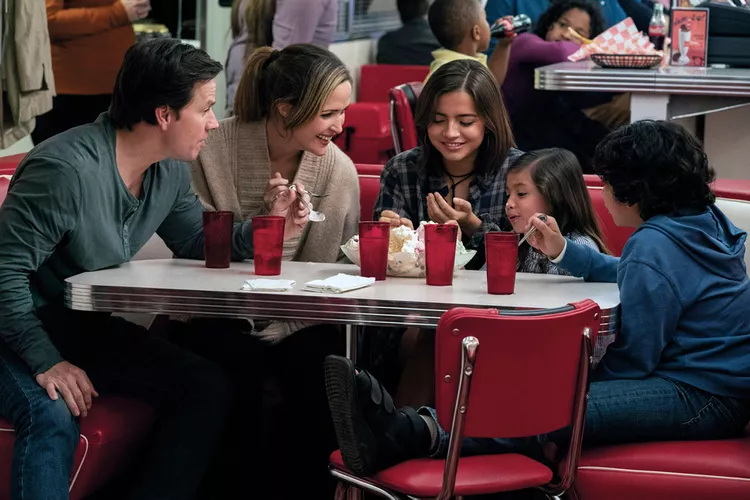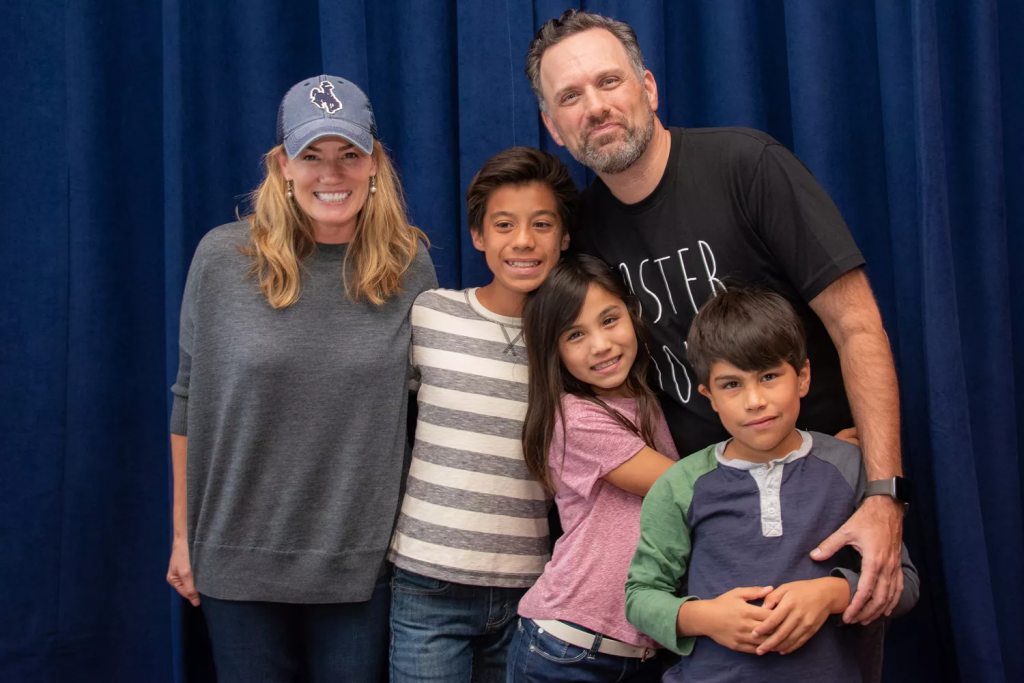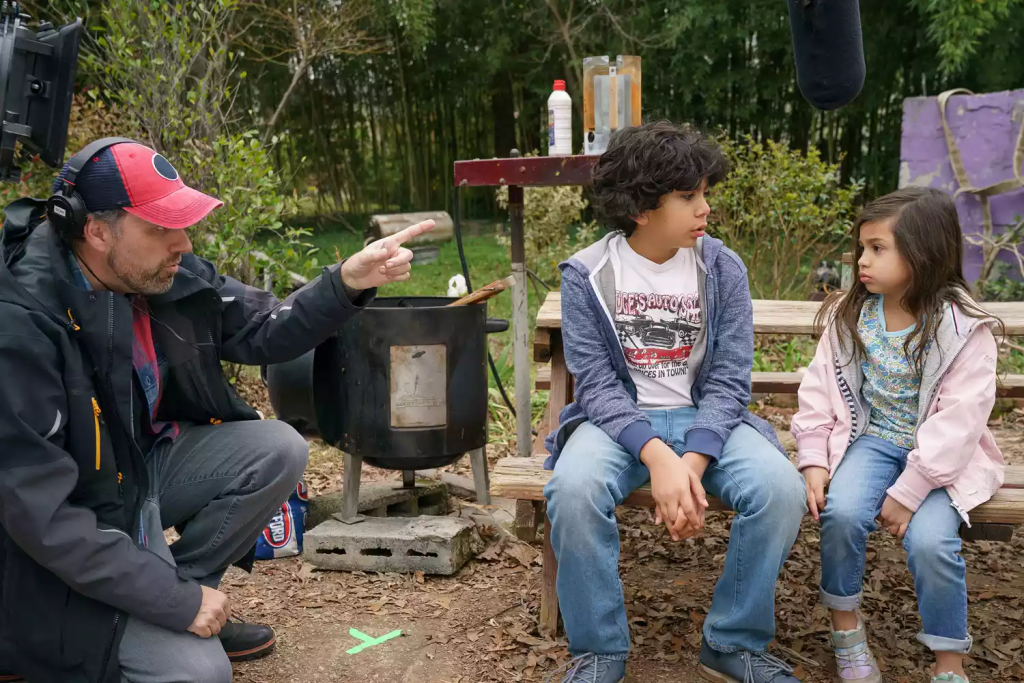The 2018 hit comedy Instant Family starring Mark Wahlberg and Rose Byrne captured hearts with its heartfelt and humorous portrayal of foster care and adoption. But beyond the screen, the story holds a deeply personal connection for director Sean Anders, whose own experience adopting three siblings inspired the film’s raw yet uplifting narrative. Here’s a closer look at the real-life journey behind the movie and how Anders transformed overwhelming challenges into a story of hope, humor, and family.
A personal story behind the comedy
Instant Family follows Pete and Ellie Wagner, a couple who open their home to three siblings navigating the foster care system. While the film delivers plenty of laughs and touching moments, its roots run much deeper. Sean Anders, who co-wrote and directed the movie, drew heavily from his own life with his wife Beth, who together adopted three siblings.

“I wanted to make a comedy that shows how this really works,” Anders said in a 2018 behind-the-scenes interview. “It’s rare to have that honesty in things today.” Unlike his previous screwball comedies such as Hot Tub Time Machine and Daddy’s Home, Anders took a more sincere approach with Instant Family, highlighting the complicated, sometimes painful realities of foster care, but also the moments of joy and humor.
The Anders family’s decision to adopt wasn’t just a plot point—it was a life-changing experience. “Once we decided to move forward it was scary and overwhelming, but we were really open to whatever came our way,” Anders recalled. The film aims to demystify adoption and foster care, showing that despite its challenges, “they’re just family.”
How accurate is instant family?
Fans often wonder how closely Instant Family mirrors real life. According to Anders, the movie offers a “very realistic” portrayal of the adoption process and the emotional upheaval that accompanies bringing foster children into a new home. In a 2024 interview with Wussy magazine, Anders emphasized that the film was informed by his own experiences as well as conversations with other foster families.

“We had a little bit of everybody in our adoption classes and in our support groups,” Anders said. “Everyone was so different from one another, but everyone had this one major thing in common—that they wanted to love these kids and be there for these kids.” The film doesn’t shy away from showing the turbulence and uncertainty many adoptive families face, but it also highlights the determination to create a loving, stable family environment.
From the difficult home visits to the sibling dynamics and the legal hurdles, Instant Family captures the real struggles and rewards of foster parenting. By blending humor with heart, it gives audiences a genuine glimpse into a world that’s often misunderstood or overlooked.
Why did Sean Anders adopt three siblings?
In 2012, Sean Anders and his wife Beth began fostering three siblings—Johnny, Cha-Cha, and Josh—who they officially adopted a year later. Reflecting on that early period, Anders described it as “really rough.” “When you get three at once, you don’t have time to get your sea legs,” he explained. “It was kind of like babysitting someone else’s kids, but forever.”

Interestingly, the Anderses never actually adopted a teenage girl, unlike the story of Lizzy in the film. During their foster care journey, they were matched with a teenage girl who ultimately declined placement. However, she inspired the character of Lizzy, the rebellious teen sister in the movie. “When we made the movie, I really wanted one of the kids to be a teenager, so that’s where it started,” Anders shared in a 2018 interview with RogerEbert.com. He then spoke with other adoptive families and teenagers who had grown up in foster care to make the Lizzy storyline as authentic as possible.
Despite the public success of Instant Family, Anders and Beth have chosen to keep their children’s lives private. The movie’s heartfelt portrayal, however, remains a tribute to their real family’s journey.
The heartfelt cameo and where to watch
One memorable moment near the end of Instant Family features Joan Cusack as a mysterious neighbor, Mrs. Howard, who has a powerful emotional confrontation with the Wagner family in her yard. Director Anders explained that they “always had this idea for this neighbor character” who represents the community’s sometimes surprising but impactful presence in the lives of foster families. Casting director suggested Cusack for the role, and though she was on set for only one day, her cameo left a lasting impression. “People go bananas when they see her in the movie,” Anders said.
For those who haven’t seen Instant Family yet, the film is widely available and currently streaming on Netflix. It’s a must-watch for anyone interested in a moving, honest look at foster care told with warmth, humor, and hope.

Instant Family stands as a testament to the power of love, perseverance, and the unexpected joys that come from opening one’s home to children in need. Thanks to Sean Anders’ courage in sharing his family’s story, audiences can better understand the challenges—and beauty—of creating a family through adoption.





